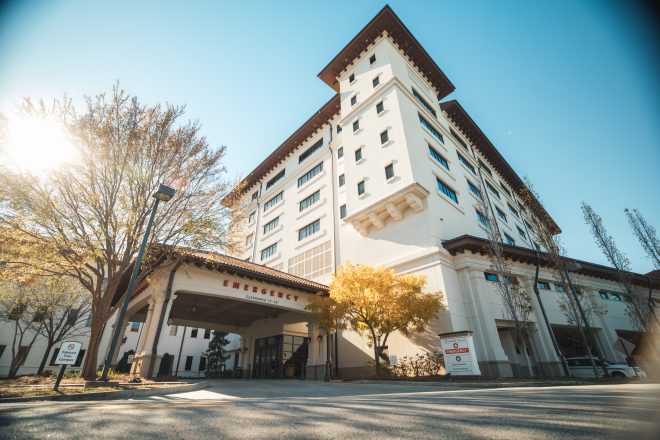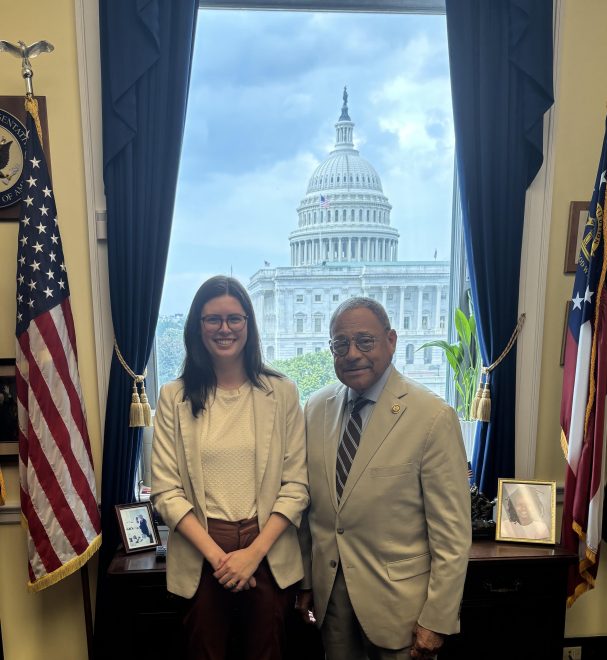School board approves millage increase
Published 10:04 pm Wednesday, September 17, 2008
THOMASVILLE — The Thomasville City Schools Board of Education unanimously accepted an FY2009 millage rate of 17.1 mils at a called meeting Tuesday.
The rate is an increase of 3.26 mils from the rollback rate of 13.84 mils, which currently equals to a 23.5 percent increase.
“I’m not happy with the millage rate, but with the state funding cuts that we’ve taken, we didn’t have a choice,” Darrell Allen, board member, said after the meeting.
Two residents spoke at Tuesday’s final hearing; two public hearings were held last week with minimal public participation.
“We are glad to see some community participation,” Superintendent Sabrina Boykins-Everett said.
One resident said she was there to learn more about the system.
Resident Jay Stauffer said he has been “overwhelmed” with what is happening with the tax situation throughout the area and “is trying to understand what is going on.”
Questions Stauffer asked included how big of a net increase the tax digest had from 2007-2008 and how the millage rate was calculated to produce such a large increase when his calculations showed the rate should have dropped.
Stauffer said if more people took the time to do similar calculations a lot more seats would be filled at the hearing.
“If you were holding this meeting when people get their tax bills, you’d probably have a full house,” he said.
Assistant Superintendent Dusty Kornegay said the net increase of the tax digest is approximately 43 percent, but that includes $50 million in property value dispute. The actual growth — new property — is approximately six percent, he said.
“The challenge has been determining value of the digest with these disputes,” he said. “We have to make sure we choose a rate that generates revenue needed without overburdening the taxpayers. We used the best educated guess we could make.”
Board member George Lilly said the rate also looks “artificially high” due to the Freeport Exemption.
This is granted to business and industries for raw materials and goods and results in tax rate two to three mils higher than it might otherwise be, Kornegay said.
The system’s budget is approximately $23 million for FY09 and was $21.5 million in FY08, a difference of 1.5 mils. Kornegay said 86 percent of the total budget is salaries and benefits, mandated by the state; 82.5 percent of the change in the budget is attributed to increased salaries and benefits costs.
He said the system had to pass a budget in June and has been looking for ways to trim now the state has cut funding. Kornegay said several positions have been reduced, some have not been filled and a hiring freeze is in place.
“We’ve cut allotments to schools for instructional supplies and that is not something we’re proud of as it is already bare bones,” he said. “We’ve also cut staff travel and media center orders. We’re not approving any purchases orders unless absolutely essential. We don’t want to lay off people if we can help it.”
Boykins-Everett said many systems have looked at cutting fine arts and sports programs, but Thomasville City Schools does not want to do this because it “really impacts the quality of students’ educational experiences.”
Stauffer said he understood times are difficult, but everyone is having to make cuts.
“The balance this year is not reflected as much as I would like it to be with what is happening in the real world with taxpayers,” he said. “I see increases this year with various millage rates that are going to be reflected in my final tax bill. Doing all at one time is putting a burden on the people.”
Kornegay agreed it is “very unfortunate” assessments got so out of line and correcting this “has been difficult for taxpayers” and those who are having to deliver services while the digest is in flux.
“If we knew where the digest is going to gel, we could be more confident,” he said. “If we’ve miscalculated and been too conservative (excess taxes go in fund reserve), that could result in a rollback of the millage rate next year.”





